The Cuban Missile Crisis – how close to nuclear war did we get?
53 years ago today, a nuclear war between the US and USSR was narrowly averted after Khrushchev 'blinked'
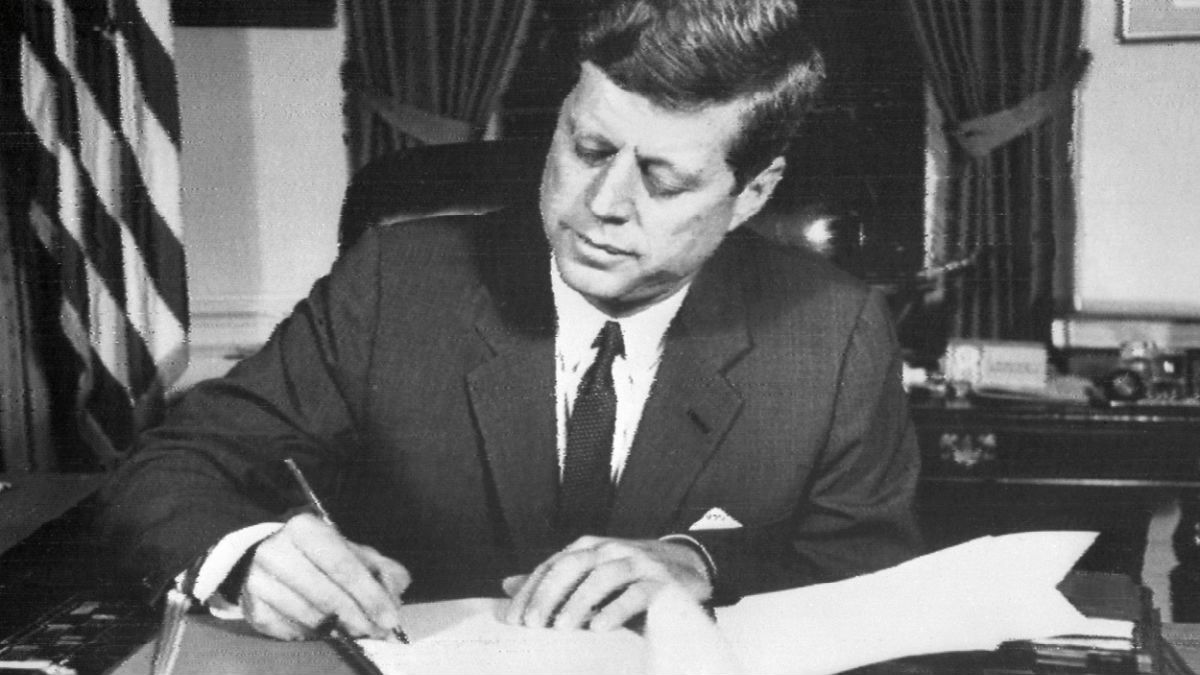
On 28 October 1962 the Cuban Missile Crisis came to an end. Russian premier Nikita Khrushchev announced on Radio Moscow that the USSR would be removing the nuclear missiles it had stationed on the Caribbean island of Cuba, roughly 90 miles from Florida.
In the words of the then US Secretary of State Dean Rusk, "We were eyeball-to-eyeball and the other fellow just blinked."
The USA already had a fractious relationship with the island state of Cuba before the crisis. In 1961, a CIA-sponsored invasion attempt to overthrow the communist Cuban leader Fidel Castro had failed miserably in the Bay of Pigs.
Subscribe to The Week
Escape your echo chamber. Get the facts behind the news, plus analysis from multiple perspectives.

Sign up for The Week's Free Newsletters
From our morning news briefing to a weekly Good News Newsletter, get the best of The Week delivered directly to your inbox.
From our morning news briefing to a weekly Good News Newsletter, get the best of The Week delivered directly to your inbox.
Castro wanted to be defended against a full-scale US invasion but Khrushchev's main reason for placing the missiles with his communist comrade was that there were American missiles stationed in Turkey, close to the USSR.
It was a game of political brinkmanship, but to this day remains the closest we have ever got to nuclear annihilation.
14 October 1962
Photos taken by US spy plane missions show evidence of ballistic nuclear missiles, transporters and bunkers on Cuban soil.
16 October 1962
ExComm (the Executive Committee of the National Security Council) meets at the Whitehouse to debate how to respond to the threat.
Eventually the decision is made to make a public declaration of a naval blockade of the island in order to prevent further missiles from being delivered.
22 October 1962
President John F Kennedy speaks to the American people, announcing the blockade and challenging Khrushchev to remove the weapons.
The biggest US troop invasion force since D-Day, gathers in Florida in preparation.
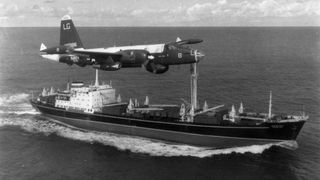
24 October 1962
US Strategic Air Command is ordered to Defcon (Defence Condition) 2, the highest level it has ever reached.
Over Europe, American bombers are in the air 24 hours a day. Each bomber carries nuclear weapons, each one has a target and each one is ready to launch at a moment's notice.
25 October 1962
14 Soviet ships turn back from the blockade.
26 October 1962
Khrushchev offers Kennedy a deal by letter – they will remove missiles in return for an end to the blockade, and a promise not to invade the island without direct provocation.
27October 1962
Kennedy replies to Khrushchev's letter accepting the offer.
By secret agreement the Turkish missiles will also be removed.
28 October 1962
Khrushchev goes on air to announce the removal of Russian missiles from Cuba.
Kennedy thanks Khrushchev by telegram, before publically acknowledging the end of the crisis.
Modern day historians note that the standoff nearly turned into a global calamity. With bombers in the air and nearly 3000 American nuclear weapons alone in a state of readiness, the Cuban Missile Crisis could have led to the end of the world in mere minutes.
Sign up for Today's Best Articles in your inbox
A free daily email with the biggest news stories of the day – and the best features from TheWeek.com
-
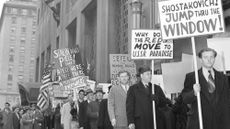 Book reviews: ‘Red Scare: Blacklists, McCarthyism, and the Making of Modern America’ and ‘How to End a Story: Collected Diaries, 1978–1998’
Book reviews: ‘Red Scare: Blacklists, McCarthyism, and the Making of Modern America’ and ‘How to End a Story: Collected Diaries, 1978–1998’Feature A political ‘witch hunt’ and Helen Garner’s journal entries
By The Week US Published
-
 The backlash against ChatGPT's Studio Ghibli filter
The backlash against ChatGPT's Studio Ghibli filterThe Explainer The studio's charming style has become part of a nebulous social media trend
By Theara Coleman, The Week US Published
-
 Why are student loan borrowers falling behind on payments?
Why are student loan borrowers falling behind on payments?Today's Big Question Delinquencies surge as the Trump administration upends the program
By Joel Mathis, The Week US Published
-
 'Like a sound from hell': Serbia and sonic weapons
'Like a sound from hell': Serbia and sonic weaponsThe Explainer Half a million people sign petition alleging Serbian police used an illegal 'sound cannon' to disrupt anti-government protests
By Abby Wilson Published
-
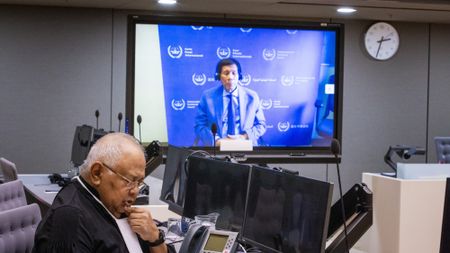 The arrest of the Philippines' former president leaves the country's drug war in disarray
The arrest of the Philippines' former president leaves the country's drug war in disarrayIn the Spotlight Rodrigo Duterte was arrested by the ICC earlier this month
By Justin Klawans, The Week US Published
-
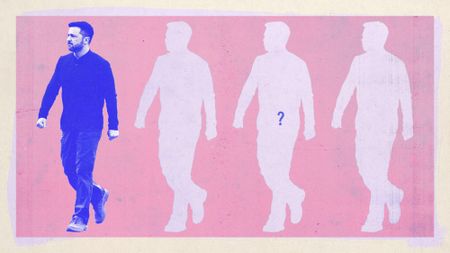 Ukrainian election: who could replace Zelenskyy?
Ukrainian election: who could replace Zelenskyy?The Explainer Donald Trump's 'dictator' jibe raises pressure on Ukraine to the polls while the country is under martial law
By Sorcha Bradley, The Week UK Published
-
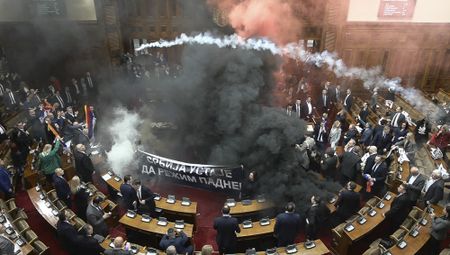 Why Serbian protesters set off smoke bombs in parliament
Why Serbian protesters set off smoke bombs in parliamentTHE EXPLAINER Ongoing anti-corruption protests erupted into full view this week as Serbian protesters threw the country's legislature into chaos
By Rafi Schwartz, The Week US Published
-
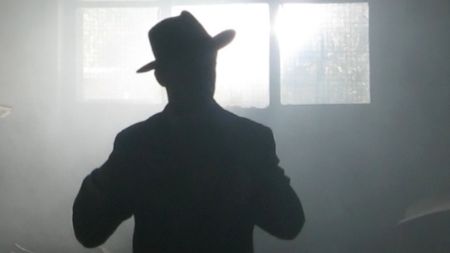 Who is the Hat Man? 'Shadow people' and sleep paralysis
Who is the Hat Man? 'Shadow people' and sleep paralysisIn Depth 'Sleep demons' have plagued our dreams throughout the centuries, but the explanation could be medical
By The Week Staff Published
-
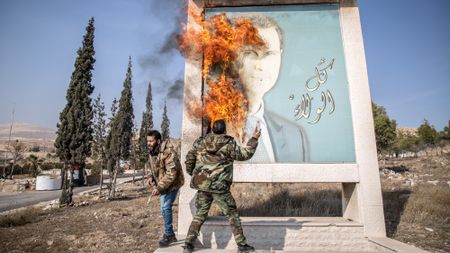 Why Assad fell so fast
Why Assad fell so fastThe Explainer The newly liberated Syria is in an incredibly precarious position, but it's too soon to succumb to defeatist gloom
By The Week UK Published
-
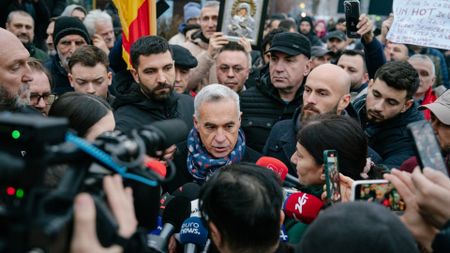 Romania's election rerun
Romania's election rerunThe Explainer Shock result of presidential election has been annulled following allegations of Russian interference
By Sorcha Bradley, The Week UK Published
-
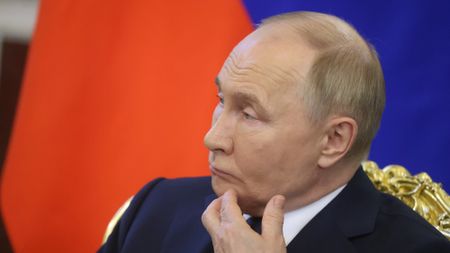 Russia's shadow war in Europe
Russia's shadow war in EuropeTalking Point Steering clear of open conflict, Moscow is slowly ratcheting up the pressure on Nato rivals to see what it can get away with.
By The Week UK Published